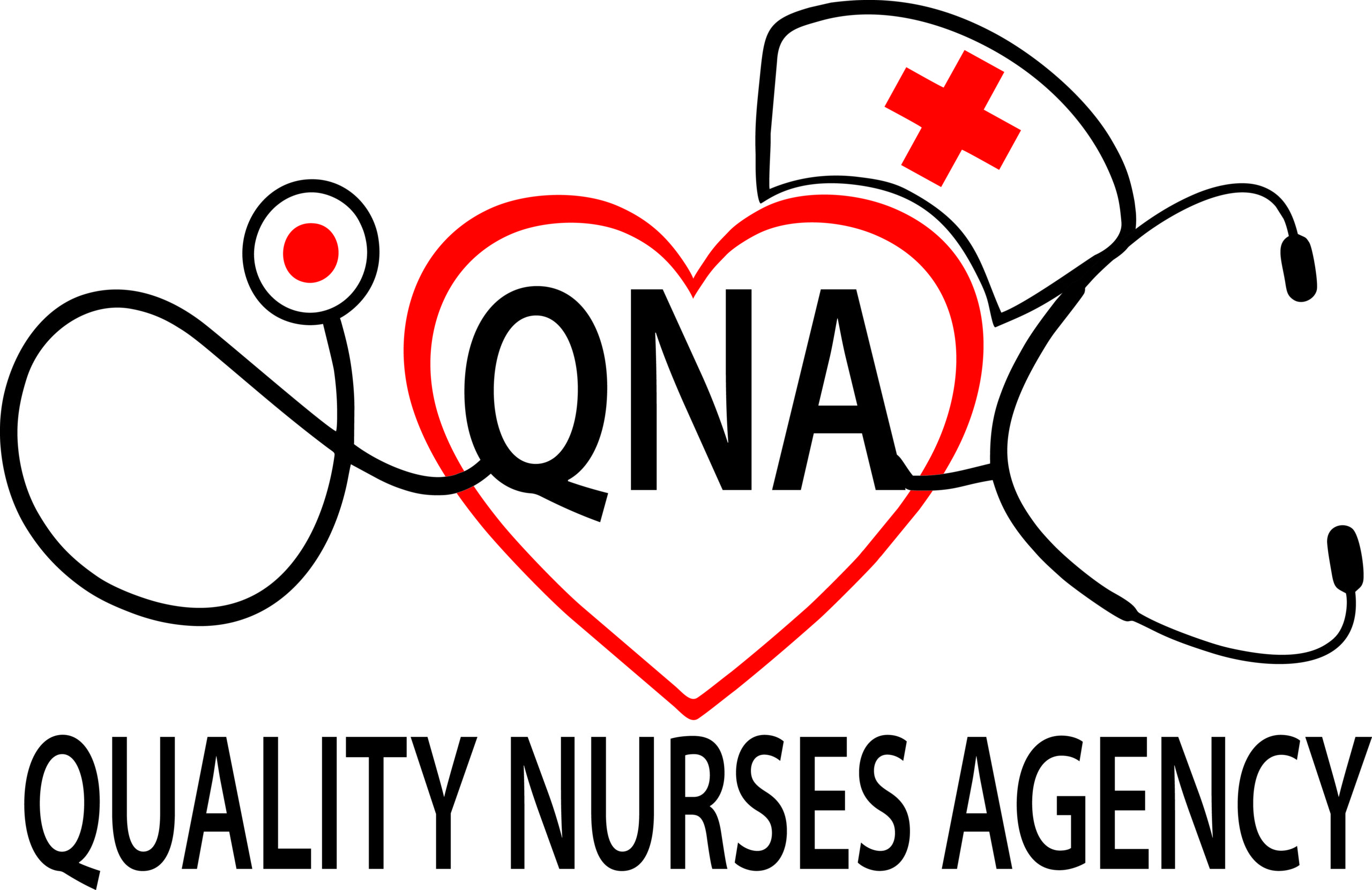The Latest Nursing Trends: What You Need to Know
The nursing profession is constantly evolving, and there are always new trends emerging. Here are some of the latest nursing trends to watch:
- The increasing demand for nurses: The demand for nurses is expected to grow in the coming years, due to factors such as an aging population and the increasing prevalence of chronic diseases.
- The use of technology in nursing: Technology is playing an increasingly important role in nursing, with the use of tools such as electronic health records, remote monitoring, and telehealth.
- The growing importance of patient safety: Patient safety is a top priority for nurses, and there are many new initiatives focused on improving patient safety.
- The focus on population health: Nurses are increasingly taking on a leadership role in population health, working to improve the health of entire communities.
- The rise of nurse practitioners: Nurse practitioners are registered nurses with advanced training who can provide a wide range of healthcare services. The number of nurse practitioners is expected to grow in the coming years.
- The need for diversity in the nursing workforce: The nursing workforce needs to be more diverse to reflect the population it serves. There are many initiatives underway to increase diversity in the nursing workforce.
These are just a few of the latest nursing trends. As the healthcare landscape continues to evolve, nurses will need to be adaptable and willing to embrace new technologies and practices.
Here are some additional details about each of these trends:
- The increasing demand for nurses: The demand for nurses is expected to grow by 15% from 2020 to 2030, faster than the average for all occupations. This growth is due to a number of factors, including an aging population, the increasing prevalence of chronic diseases, and the need for more nurses in specialized areas such as critical care and pediatrics.
- The use of technology in nursing: Technology is playing an increasingly important role in nursing, with the use of tools such as electronic health records, remote monitoring, and telehealth. These technologies can help nurses to provide better care for patients, improve efficiency, and reduce errors.
- The growing importance of patient safety: Patient safety is a top priority for nurses, and there are many new initiatives focused on improving patient safety. These initiatives include the use of checklists, the implementation of safety protocols, and the education of nurses about patient safety.
- The focus on population health: Nurses are increasingly taking on a leadership role in population health, working to improve the health of entire communities. This includes working to prevent diseases, promote healthy lifestyles, and ensure that everyone has access to quality healthcare.
- The rise of nurse practitioners: Nurse practitioners are registered nurses with advanced training who can provide a wide range of healthcare services. They can diagnose and treat illnesses, prescribe medications, and order and interpret diagnostic tests. The number of nurse practitioners is expected to grow in the coming years, as they are able to provide more affordable and accessible healthcare.
- The need for diversity in the nursing workforce: The nursing workforce needs to be more diverse to reflect the population it serves. This is important for providing culturally competent care and ensuring that all patients have access to quality healthcare. There are many initiatives underway to increase diversity in the nursing workforce, such as scholarships and mentorship programs.
These are just a few of the latest nursing trends. As the healthcare landscape continues to evolve, nurses will need to be adaptable and willing to embrace new technologies and practices.

